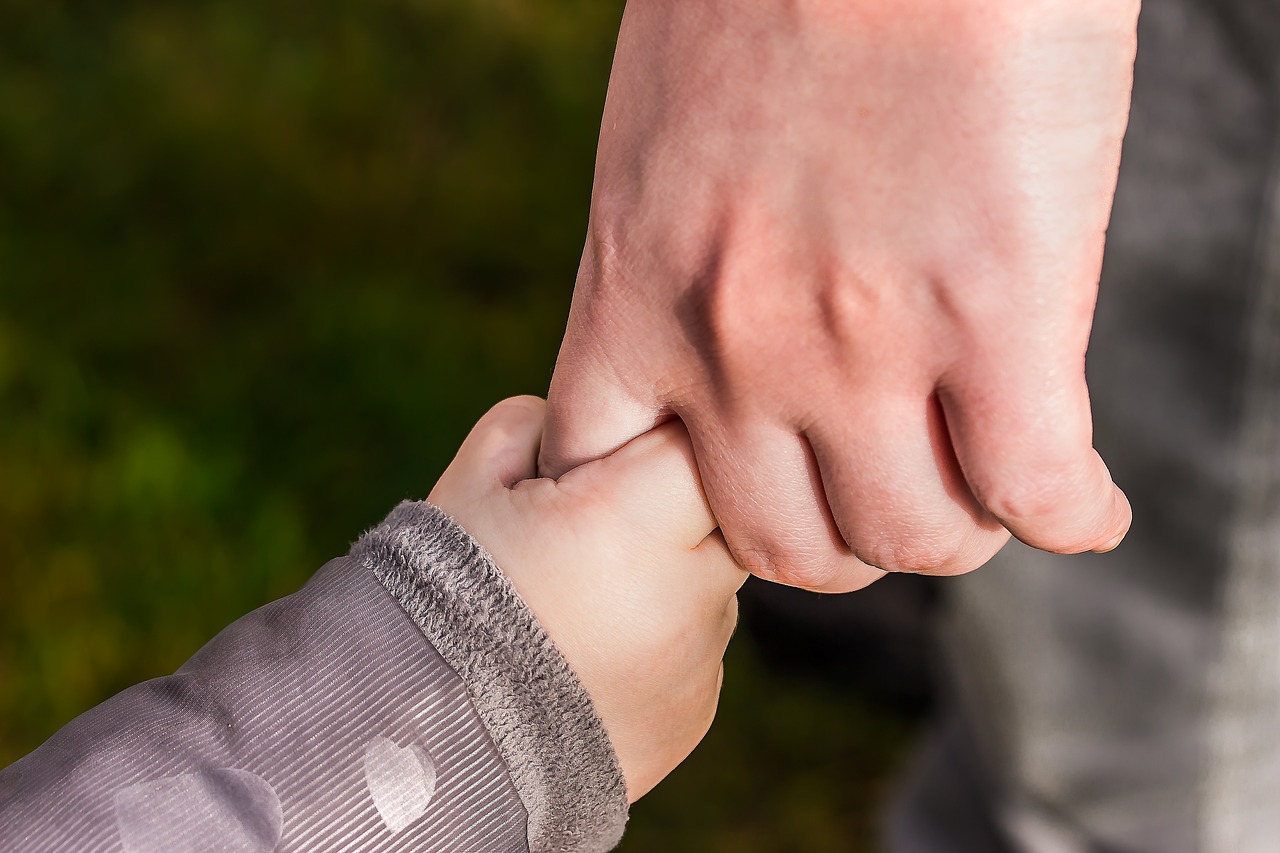Bowen and Ainsworth, in the early 1930s, coined the psychological term attachment theory which means, “an emotional bond within a human relationship.” A human being’s first attachment is often established during the first year of life with their primary caregiver.
- Attachment behavior in adults towards the child includes responding sensitively and appropriately to the child’s needs. Such behavior appears universal across cultures.
- Attachment theory explains how the parent-child relationship emerges and influences subsequent development.
- Attachments are most likely to form with those who responded accurately to the baby’s signals, not the person they spent more time with. Schaffer and Emerson called this sensitive responsiveness.
- Attachment is characterized by specific behaviors in children, such as seeking proximity to the attachment figure when upset or threatened (Bowlby, 1969).
Based on this theory there are 4 basic attachment styles:
- Secure: self-assured, direct, responsive
- Preoccupied: self-doubting, anxious, sensitive
- Anxious: self-sabotaging, unpredictable, isolated
- Dismissive: self-reliant, avoidant, distant
Preoccupied, anxious and dismissive type can lead to significant relationship problems now and in the future within intimate relationships.
